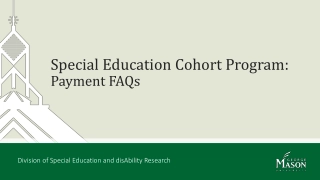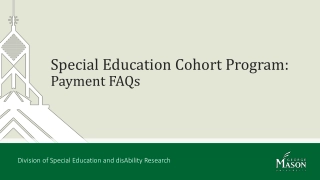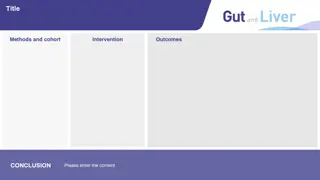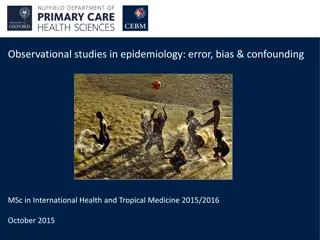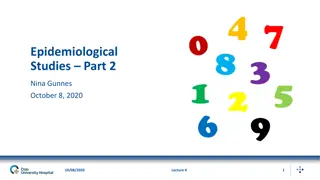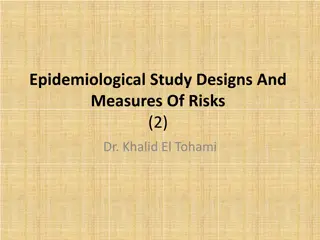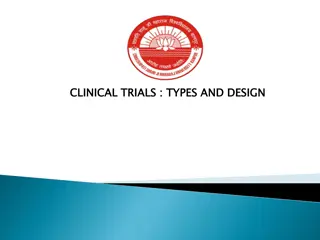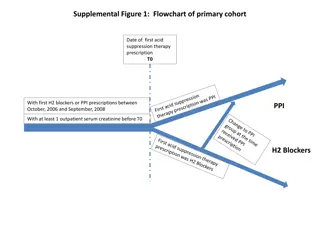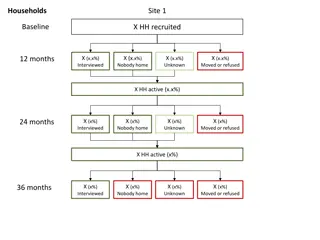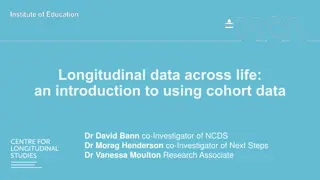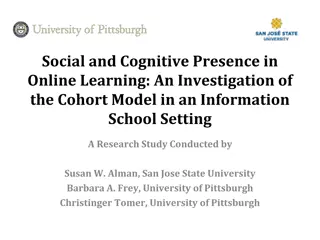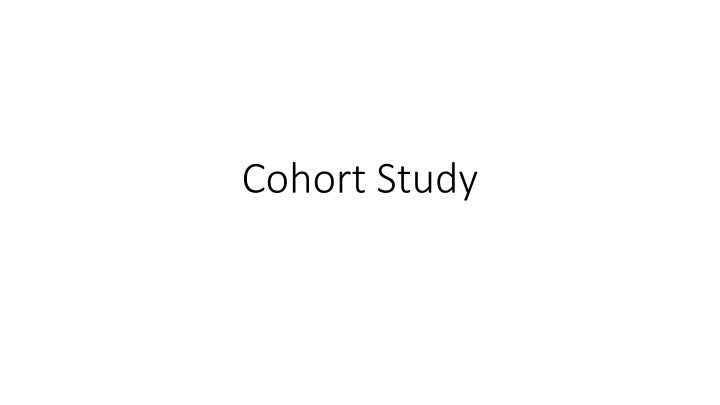
Cohort Studies in Epidemiology
Explore the significance of cohort studies in investigating the relationship between exposure and disease incidence. Learn about the steps involved, calculation of incidence, classification of subjects, and strengths of cohort studies in epidemiological research.
Download Presentation

Please find below an Image/Link to download the presentation.
The content on the website is provided AS IS for your information and personal use only. It may not be sold, licensed, or shared on other websites without obtaining consent from the author. If you encounter any issues during the download, it is possible that the publisher has removed the file from their server.
You are allowed to download the files provided on this website for personal or commercial use, subject to the condition that they are used lawfully. All files are the property of their respective owners.
The content on the website is provided AS IS for your information and personal use only. It may not be sold, licensed, or shared on other websites without obtaining consent from the author.
E N D
Presentation Transcript
Cohort Study The objective of a cohort study is to investigate whether the incidence of an event is related to a suspected exposure Steps: A group of people without the outcome is identified Followed Outcome ascertainment
Cohort Study Q: When the event of interest is a newly developed disease, what we should do with the prevalent cases?
Cohort Study Incidence can be estimated as the number of events occurring during the follow-up period divided by the number of subjects in the cohort at baseline minus one-half of the losses 4/[1000-(1/2 X 7)] = 4.01/1000
Cohort Study The subjects are classified according to their exposure status Then, the incidence of the outcome of interest (usually a disease) is ascertained and compared across exposure categories
Cohort Study Example: Calculate the incidence of disease in exposed Calculate the incidence of disease in unexposed Calculate the relative risk (risk ratio)
An important assumption for the calculation of incidence in a cohort study is that individuals who are lost to follow-up are similar to those who remain under observation
Cohort Study Prospective cohort (concurrent): When the cohort is assembled at the present time and is followed up toward the future Retrospective cohort (nonconcurrent, historical): A cohort is identified and assembled in the past on the basis of existing records and is followed to the present time
Strengths Is of a particular value when the exposure is rare Can examine multiple effects of a single exposure Can elucidate temporal relationship between exposure and disease If prospective, minimizes bias inn the ascertainment of exposure Allows direct measurement of incidence of disease in the exposed and nonexposed groups
Limitations Is inefficient of the evaluation of rare diseases If prospective, can be extremely expensive and time consuming If retrospective, requires the availability of adequate records Validity of the results can e seriously affected by losses to follow-up


